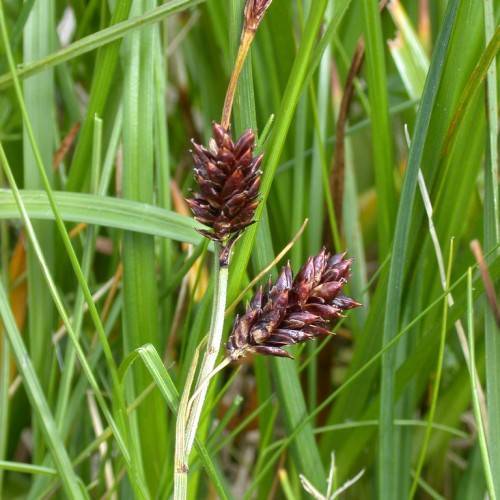
Russet Sedge
Carex saxatilis
Also Known As - Rock SedgeWatering:
Minimal
Hardiness Zone:
Flowers:
Flowers In Spring
Sun:
Sun
Soil:
Sand
Leaf:
Yes
Growth Rate:
Low
Salt Tolerant:
Yes
Care Level:
Medium
watering
Baikal Sedge should be watered infrequently and deeply. It prefers consistently moist soils. During the active growing period of spring through fall, water until the soil is completely saturated and then allow the top 2 to 3 inches to dry out before watering again. During the winter months, Baikal Sedge should receive substantially less water and should only be watered every 2 to 3 weeks and then only if the soil is dry.
sunlight
Baikal Sedge is an attractive evergreen sedge that requires full sunlight to thrive. This plant species is happiest when receiving direct sunlight each day for 6–8 hours. Any less than 6 hours and its growth may slow and its flowering potential decrease. When possible, it's best to choose a spot that receives sunlight all day long. When positioning plants, consider that some shade in the early afternoon can help them from being scorched by the afternoon sun.
pruning
Baikal Sedge (Carex sabulosa) should be pruned once a year in the late summer or early fall. It is best to prune the plant just before it begins to produce new growth. During this time, it may produce multiple stems. By removing these unwanted stems, the overall size and shape of the plant is better retained. It is also important to keep the center of the plant open as much as possible. This helps ensure that air circulates, preventing disease and promote growth. Cuts should be made on top of shoots, leaving mixed throughout the foliage. Pruning should be done with clean, sharp pruners in order to prevent damage to the stems and foliage.
